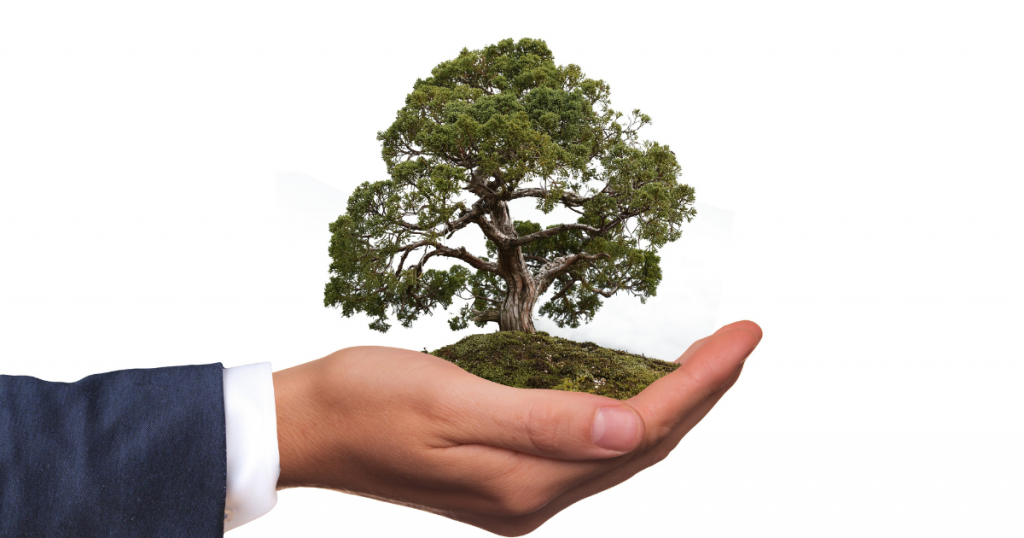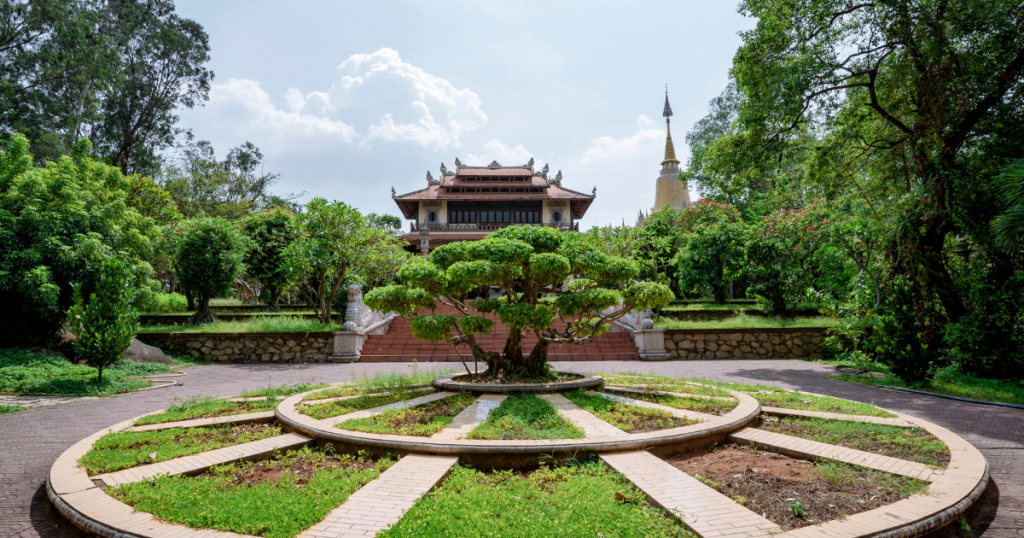
Juniper bonsai trees are a popular and iconic element of the bonsai world, with their distinctive shapes and hardy nature. These miniature trees can bring a touch of beauty and tranquility to your home, and with the right care and attention, they can thrive for many years to come. Whether you are a beginner or an experienced bonsai enthusiast, juniper bonsai trees can be a rewarding and fulfilling hobby.
Many different types of juniper trees can be trained and shaped into bonsai form, including Chinese Juniper, Japanese Juniper, and Rocky Mountain Juniper. Juniper bonsai trees are known for their hardy nature and ability to tolerate a wide range of conditions, making them a good choice for beginners.
Caring for juniper bonsai trees requires patience and dedication, but the rewards are well worth it. In this blog, we will provide you with a guide to caring for juniper bonsai trees, including tips on watering, fertilizing, pruning, and repotting. Whether you are a beginner or an experienced bonsai enthusiast, these tips will help you create a beautiful and thriving juniper bonsai display. So why not get started today and bring a touch of the ancient and revered tradition of bonsai into your home?
Choosing the right soil and pot for your juniper bonsai tree is an important aspect of caring for your tree, as it can affect the tree’s health, growth, and overall appearance. Here are some tips for choosing the right soil and pot for your juniper bonsai tree:
Choose a well-draining soil mix: Juniper bonsai trees are sensitive to excess moisture, and it is important to choose a well-draining soil mix to prevent root rot and other issues. A well-draining soil mix should contain a combination of organic matter, such as compost or peat moss, and inorganic matter, such as pumice or perlite, to improve drainage.
Use a pot with drainage holes: To further improve drainage and prevent waterlogging, be sure to use a pot with drainage holes for your juniper bonsai tree. This will allow excess water to drain out of the pot, preventing it from sitting in the soil and causing damage to the roots.
Consider the size of the pot: The size of the pot you use for your juniper bonsai tree is important, as it can affect the tree’s growth and health. Choose a pot that is only slightly larger than the tree’s current pot, and be sure to leave enough room for the tree to grow. Avoid over-potting your tree, as this can inhibit the tree’s growth and health.
Select a pot that complements your tree: In addition to considering the practical aspects of the pot, be sure to choose a pot that complements your juniper bonsai tree in terms of color, style, and overall aesthetic. A pot that enhances the appearance of your tree can add to the overall visual appeal of your bonsai display.
By following these tips, you can ensure that your juniper bonsai tree has the right soil and pot for optimal growth and health. With the right soil and pot, your juniper bonsai tree can thrive and bring a touch of beauty and tranquility to your home for many years to come.
Positioning your juniper bonsai tree correctly is an important aspect of caring for your tree, as it can affect the tree’s health, growth, and overall appearance. Here are some tips for positioning your juniper bonsai tree for optimal growth and health:
Choose a location with the right amount of light: Juniper bonsai trees need plenty of sunlight to thrive, but they can be sensitive to direct sunlight, which can cause the leaves to burn. Choose a location for your tree that receives plenty of indirect or filtered sunlight, such as a south- or east-facing windowsill. Avoid placing your tree in a location that receives too little sunlight, as this can inhibit the tree’s growth and health.
Consider the temperature and humidity: Juniper bonsai trees prefer a temperate climate, and it is important to choose a location for your tree that is not too hot or too cold. Avoid placing your tree in a location that is prone to drafts or extreme temperature fluctuations, as this can cause stress to the tree. In addition to temperature, consider the humidity of the location, as juniper bonsai trees prefer a moderate level of humidity.
Protect your tree from pests and diseases: In addition to the right light, temperature, and humidity, it is important to protect your juniper bonsai tree from pests and diseases. Choose a location for your tree that is free from pests and diseases, and consider using natural pest repellents or barriers to protect your tree from unwanted intruders.
By following these tips, you can ensure that your juniper bonsai tree is positioned in the best location for optimal growth and health. With the right positioning, your juniper bonsai tree can thrive and bring a touch of beauty and tranquility to your home for many years to come.

Styling your juniper bonsai tree is an important aspect of caring for your tree, as it can affect the tree’s overall appearance and visual appeal. Here are some tips for styling your juniper bonsai tree for a visually pleasing and harmonious display:
Consider the size and shape of your tree: When styling your juniper bonsai tree, consider the size and shape of your tree, and choose a style that complements these qualities. For example, a tall, slender tree may look best in an upright style, while a shorter, wider tree may look best in a slanting or cascading style.
Choose the right pot: The pot you choose for your juniper bonsai tree can also affect the tree’s overall appearance and style. Choose a pot that complements the size and shape of your tree, and consider the color, texture, and overall aesthetic of the pot.
Arrange the branches and foliage: The arrangement of the branches and foliage on your juniper bonsai tree is an important aspect of styling. Choose an arrangement that creates a harmonious and balanced look, and be sure to prune and trim the branches and foliage as needed to maintain the desired shape and form.
Add decorative elements: In addition to the tree and pot, you can add decorative elements to your bonsai display to enhance the overall look and feel. Consider adding stones, moss, figurines, or other elements to create a visually pleasing and harmonious display.
By following these tips, you can create a stylish and visually pleasing bonsai display with your juniper bonsai tree. With the right styling, your juniper bonsai tree can bring a touch of beauty and tranquility to your home for many years to come.
Repotting your juniper bonsai tree is an important aspect of caring for your tree, as it can help to refresh the soil and provide new nutrients to support the tree’s growth and health. Here are some tips for repotting your juniper bonsai tree:
Repot your tree every two to three years: Juniper bonsai trees typically need to be repotted every two to three years, depending on the tree’s size and growth rate. Repotting your tree regularly can help to refresh the soil and provide new nutrients, which can support the tree’s growth and health.
Choose the right time of year: The best time to repot your juniper bonsai tree is during the tree’s dormant period, which typically occurs in the late fall or early winter. Repotting your tree during the dormant period allows the tree to focus on establishing its roots, rather than on growing new foliage.
Use a well-draining soil mix: When repotting your juniper bonsai tree, be sure to use a well-draining soil mix, as described in the previous section. A well-draining soil mix will help to prevent excess moisture and root rot, which can be detrimental to the tree’s health.
Trim the roots: When repotting your juniper bonsai tree, it is important to trim the roots to prevent them from becoming too large or overgrown. Trimming the roots will help to keep the tree healthy and maintain its size, and will also make it easier to fit the tree into a smaller pot.
By following these tips, you can repot your juniper bonsai tree when necessary to refresh the soil and provide new nutrients. With proper repotting, your juniper bonsai tree can thrive and bring a touch of beauty and tranquility to your home for many years to come.
Propagating your juniper bonsai tree is a rewarding and enjoyable aspect of caring for your tree, and it can allow you to create new trees or expand your bonsai collection. There are two main methods of propagating juniper bonsai trees: rooting cuttings and layering branches. Here is a brief overview of each method:
Rooting cuttings: To propagate your juniper bonsai tree by rooting cuttings, you will need to take a cutting from an existing tree and encourage it to grow roots. To do this, follow these steps:
Layering branches: To propagate your juniper bonsai tree by layering branches, you will need to bend a branch down to the ground and encourage it to grow roots. To do this, follow these steps:
By following these steps, you can propagate your juniper bonsai tree by rooting cuttings or layering branches. With proper propagation, you can create new juniper bonsai trees or expand your bonsai collection, and enjoy the rewards and benefits of caring for these beautiful and tranquil plants.
Caring for a juniper bonsai tree is a rewarding and enjoyable hobby that can bring a touch of beauty and tranquility to your home. By following the tips outlined in this guide, you can ensure that your juniper bonsai tree is well-cared for and healthy, and can enjoy the rewards and benefits of growing and styling this beautiful and fascinating plant. Whether you are a beginner or an experienced bonsai enthusiast, caring for a juniper bonsai tree can be a fulfilling and enjoyable activity that can bring joy and relaxation to your life.